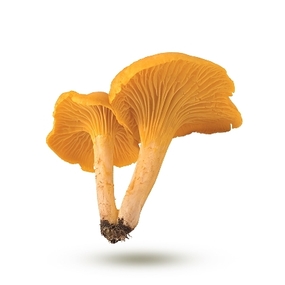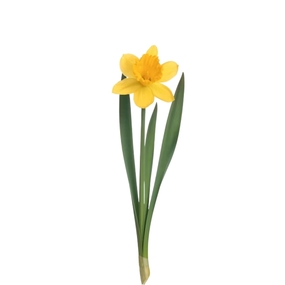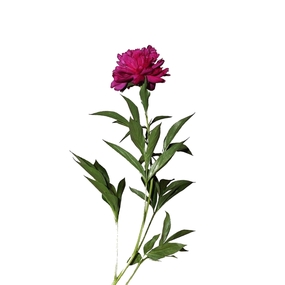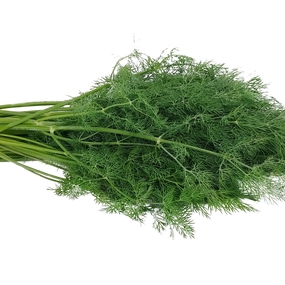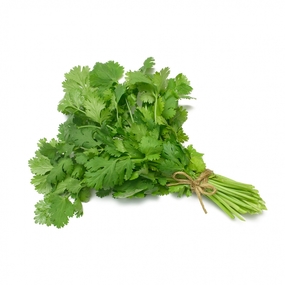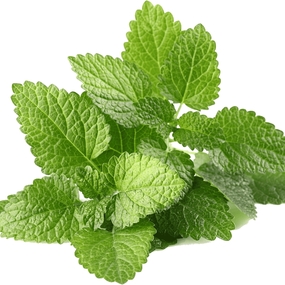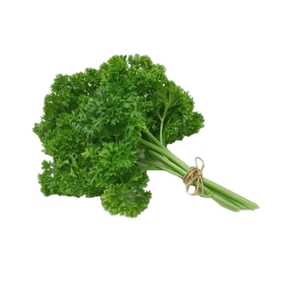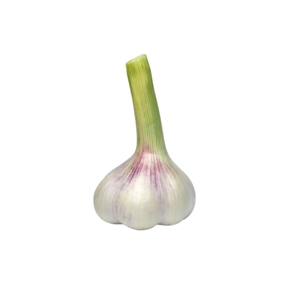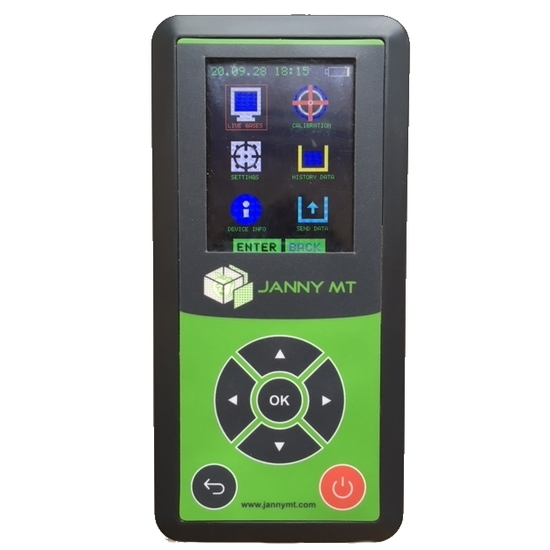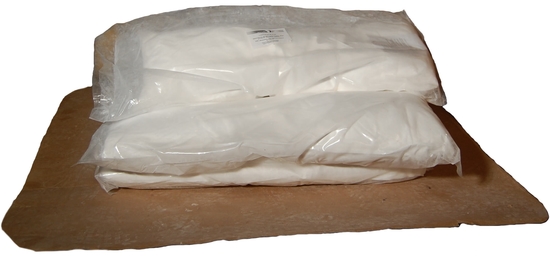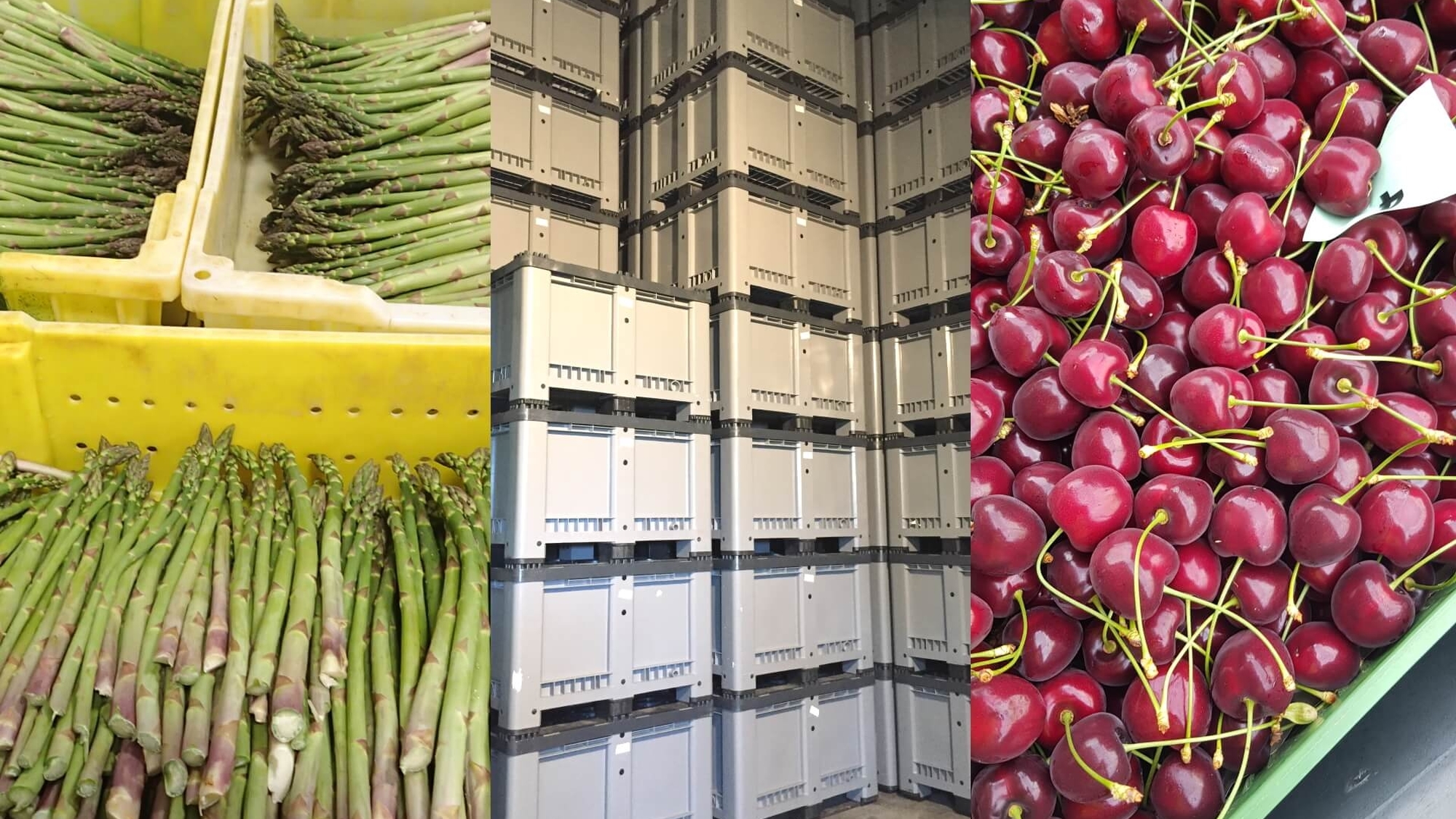
Kontrollierte Atmosphäre

Wie funktioniert es?
-
Eine der ersten modernen Technologien der Erhaltung, die bis zu den Verbrauchern verwendet wird ist natürlich die Kälte. Diese Kälte führt zu einer anfänglichen Verringerung der Atmung und damit zu einer ersten potenziellen Verlängerung der Lagerzeit.
Wenn der Janny MT-Deckel auf einen Behälter mit Produkten aufgesteckt wird, deren Atmungsrate durch die Kälte reduziert wird, hilft seine Versiegelung, die Feuchtigkeit der gelagerten Produkte zu erhalten. Seine selektiv durchlässigen Membranen stabilisieren den Sauerstoff- und CO2-Gehalt zwischen 1 und 5%, wobei die O2-Absorption der Atmung der Produkte als treibende Kraft genutzt wird. Diese Sauerstoffverminderung bewirkt eine zweite Verringerung der Atmung, wodurch sich die Lagerzeit weiter verlängert wird.
Die gleichzeitige Einstellung der 3 Säulen der Konservierung (Temperatur, relative Luftfeuchtigkeit & O2/CO2-Gleichgewicht), die in den im Kühlraum angeordneten Modulen erreicht wird, sorgt so auf natürliche Weise für die beste Lagerqualität: das ist die nachhaltige Qualität von Janny MT.
Die gleiche Ausrüstung (die Module) funktioniert bei mehr als 20 Gemüsesorten, 15 Früchten, 3 Pilzen und 3 Blumensorten. Sie können einfach mehr oder weniger der Membranen mit den abnehmbaren Stopfen verschließen, um das Gerät an das gelagerte Produkt anzupassen.
-
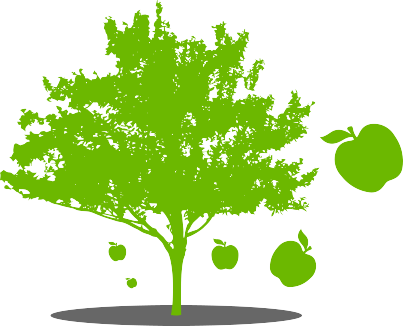
Récolte
de vos fruits, légumes, fleurs, champignons... -

Refroidissement
module ouvert en chambre froide -
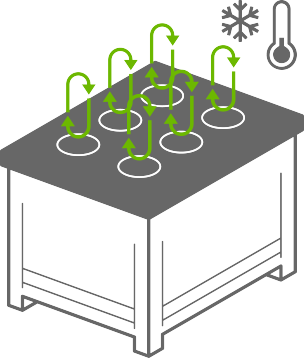
Conservation
au froid sous AC module fermé -
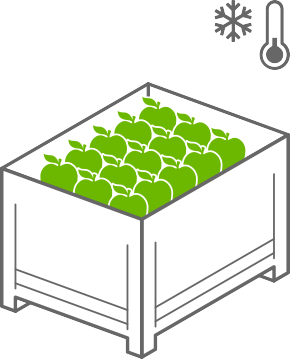
Réadaptation
module ouvert en chambre froide -
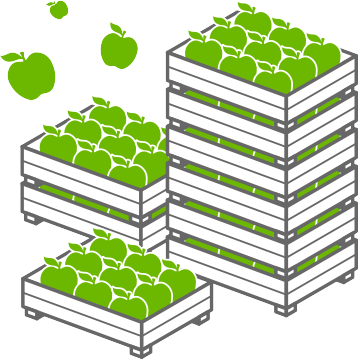
Commercialisation
de vos fruits, légumes, fleurs, champignons...
Die Vorteile der AC-Module
-
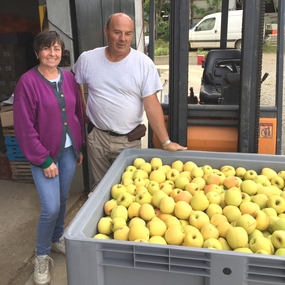
Reduktion des Gewichtsverlustes
In einem Kühlraum werden die Produkte in der Regel in Kisten oder durchbrochenen Paloxen gelagert. Die Kühlung erfolgt durch ein Kühlgerät, das die Luft im Raum umwälzt. Durch die Abkühlung im Kontakt mit dem Gerät trocknet die Luft, bevor sie belüftet wird. Bei Kontakt mit den zu kühlenden Produkten erwärmt sich die Luft und erwirbt die Fähigkeit, Feuchtigkeit zu absorbieren: Sie nimmt also jedes Mal, wenn sie über das Produkt streicht, ein wenig Wasser auf und bewirkt so, dass es allmählich seine Frische und mögliche Knusprigkeit verliert. Bei Äpfeln oder Kirschen zum Beispiel sind Gewichtsverluste von ca. 10 % am Ende der Lagerung in konventionellen Verpackungen üblich; bei einem Produkt wie Kastanien können es bis zu 20 % sein!
Beim Janny MT-Verfahren sind es die Module, die gekühlt werden. Die Wände der Module kühlen die Produkte, ohne sie auszutrocknen, so dass der Gewichtsverlust auf maximal 1,5 % reduziert wird. Bei Produkten, die nach Gewicht verkauft werden, ist der wirtschaftliche Vorteil offensichtlich. -
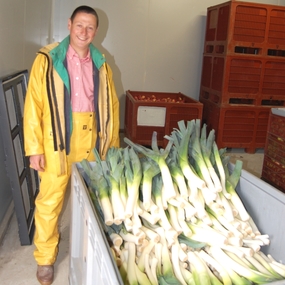
Anstieg der vermarkteten Mengen
Das Janny MT-Verfahren gibt Herstellern und Händlern die Möglichkeit, den Verkauf, je nach Produkt, um mehrere Tage, Wochen oder Monate in Bezug auf die Ernte zu verschieben. Diese Fähigkeit ermöglicht es, Produkte zu ernten oder zu kaufen, auch wenn der Markt sie nicht sofort aufnehmen kann. Beispiele für Nicht-Ernte-Verluste sind Kirschen, die an den Bäumen hängen bleiben, oder Lauch, der auf dem Feld liegen bleibt und nach der Aussaat zerkleinert wird, was dann vermeidbar ist: Die Produkte können in aller Ruhe bei optimaler Reife geerntet werden, um sie dann je nach Marktbedarf zu verkaufen. Einige Verluste durch schlechtes Wetter können ebenfalls vermieden werden.
Verluste auf dem Feld oder bei der Lagerung werden so reduziert, was es ermöglicht, die verkauften Mengen zum richtigen Zeitpunkt zu erhöhen. -
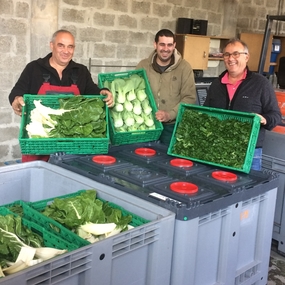
Aufrechterhaltung der Qualität bei der Lagerung
Die Fähigkeit, Frische und Qualität über längere Zeiträume zu erhalten, gibt mehr Zeit, Produkte in bester Qualität zu vermarkten. Viele Anwender von AC-Modulen haben ihren Bedarf an Bearbeitung stark reduziert. Es besteht keine Notwendigkeit mehr, Äpfel an die Industrie zu schicken: Sie können noch mehrere Monate frisch vermarktet werden.
Angesichts der Preisunterschiede zwischen Güteklasse 1 und Industrie ist dies von großem wirtschaftlichen Nutzen. -

Wahl des Marktsegments
Eine weitere mechanische Folge der erhöhten Nachernteflexibilität ist, dass es nicht mehr notwendig ist, zu niedrigen Preisen aufgrund von Downgrading zu verkaufen, wenn die konventionelle Kühlung die Qualität nicht mehr halten kann.
Produkte können zur Freude der Verbraucher über längere Zeiträume angeboten werden. Dies ist zu profitableren Preisen für Hersteller und Händler möglich. -
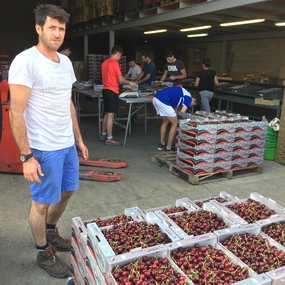
Den besten Zeitpunkt für den Verkauf auswählen
Landwirtschaftliche Rohstoffe unterliegen, wie andere Waren auch, dem Gesetz von Angebot und Nachfrage. Wenn eine Produktionsspitze auftritt, kann der Markt schnell mit Waren gesättigt werden, was zu einem Preisverfall führt.
Die Möglichkeit, Produkte länger zu lagern und dabei ihre Frische zu bewahren, erlaubt es uns, die Vermarktung eines Teils der in der Hochsaison geernteten Mengen auf das Ende der Saison zu verlagern, oft zu günstigeren Preisen. Zum Beispiel haben unsere Pfingstrosenproduzenten, deren Produktion im Frühjahr ihren Höhepunkt erreicht, ein großes wirtschaftliches Interesse daran, ihre Verkäufe auf die Haupthochzeitssaison im Sommer zu verlagern. Genauso haben die Heidelbeerproduzenten ein großes wirtschaftliches Interesse daran, ihre August-Produktion Ende September zu verkaufen. -
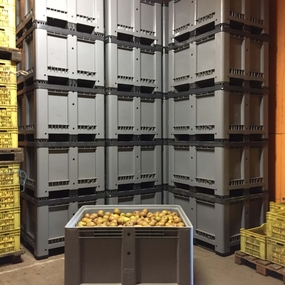
Noch nie dagewesene Flexibilität beim Lagerabbau in CA
Nehmen Sie nur die Mengen aus dem Lager, die zur Deckung des Marktbedarfs benötigt werden, und bewahren Sie die restlichen Mengen unter optimalen Lagerbedingungen auf.
AC-Module sind die einzige Lösung, die eine solche Flexibilität bei der Entnahme aus dem Lager mit der Haltbarkeit kombiniert, die durch optimale O2- und CO2-Werte ermöglicht wird. -
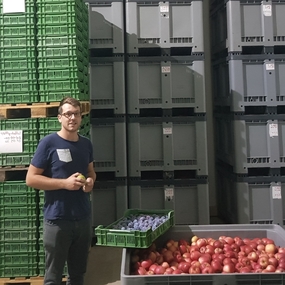
Und mehr…
Die oben genannten Interessen sind alle aus der Erfahrung unserer Kunden entstanden. Aber wenn wir erschöpfend sein wollten, müssten wir auch aufzeigen, wie der Einsatz von AC-Modulen, der mit mehreren Produkten nacheinander während einer Saison möglich ist, einigen erlaubt, Arbeit zu sparen, Wochenenden freizumachen, die Rotation ihrer Anbaubeete zu beschleunigen, ihre technischen Routen zu vereinfachen, die Kundenloyalität zu erhöhen... aber wir ziehen es vor, all dies mit Ihnen zu erkunden, indem wir Sie bei der Einrichtung Ihres Konservierungsprojekts begleiten!
-
Das Fruchtsortiment
-
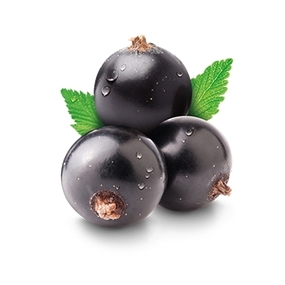 cassis jusqu'à 40 jours
cassis jusqu'à 40 jours -
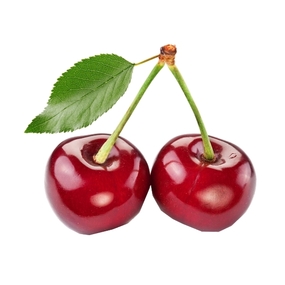 cerise jusqu'à 25 jours
cerise jusqu'à 25 jours -
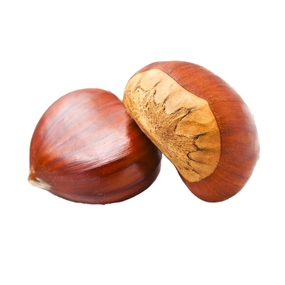 châtaigne jusqu'à 2,5 mois
châtaigne jusqu'à 2,5 mois -
 figue jusqu'à 1 mois
figue jusqu'à 1 mois -
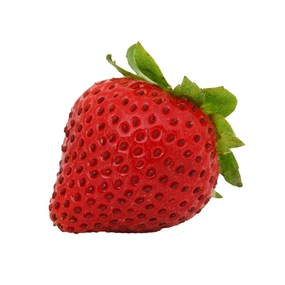 fraise jusqu'à 12 jours
fraise jusqu'à 12 jours -
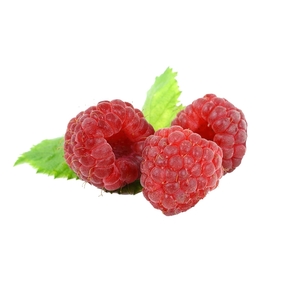 framboise jusqu'à 11 jours
framboise jusqu'à 11 jours -
 fruit de la passion jusqu'à 80 jours
fruit de la passion jusqu'à 80 jours -
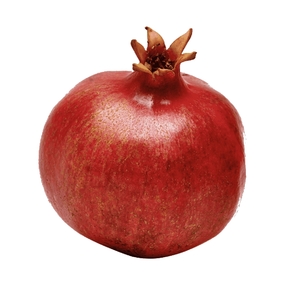 grenade jusqu'à 6 mois
grenade jusqu'à 6 mois -
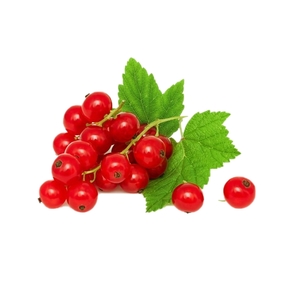 groseille jusqu'à 40 jours
groseille jusqu'à 40 jours -
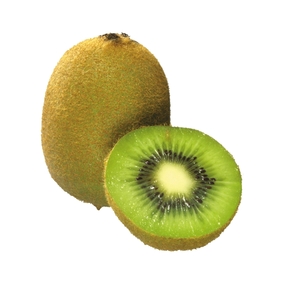 kiwi jusqu'à 5 mois
kiwi jusqu'à 5 mois -
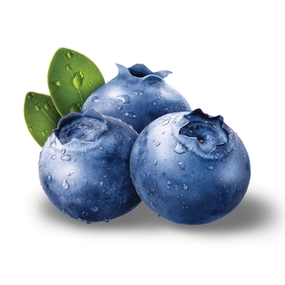 myrtille jusqu'à 6 semaines
myrtille jusqu'à 6 semaines -
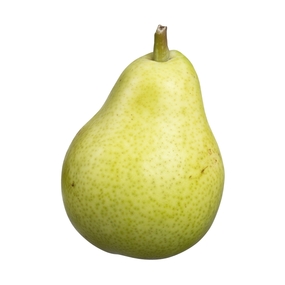 poire jusqu'à 7 mois
poire jusqu'à 7 mois -
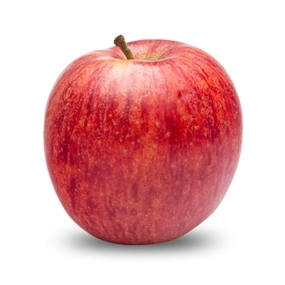 pomme jusqu'à 10 mois
pomme jusqu'à 10 mois -
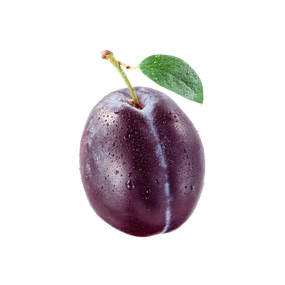 prune jusqu'à 50 jours
prune jusqu'à 50 jours -
 raisin de table jusqu'à 5 mois
raisin de table jusqu'à 5 mois
-
-
Das Gemüse-Sortiment
-
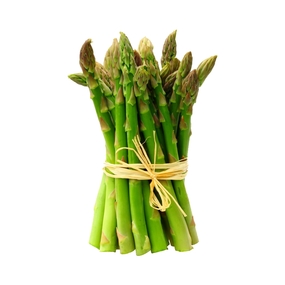 asperge jusqu'à 25 jours
asperge jusqu'à 25 jours -
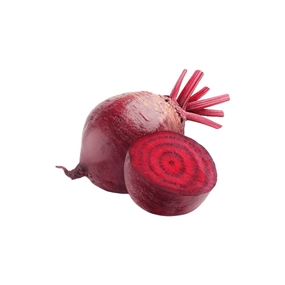 betterave rouge jusqu'à 5 mois
betterave rouge jusqu'à 5 mois -
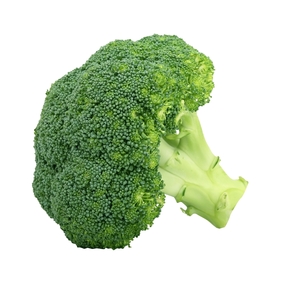 brocoli jusqu'à 1,5 mois
brocoli jusqu'à 1,5 mois -
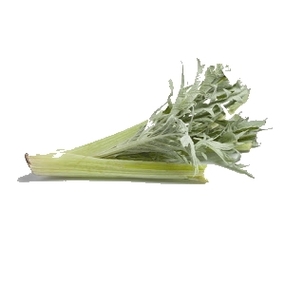 cardon jusqu'à 1,5 mois
cardon jusqu'à 1,5 mois -
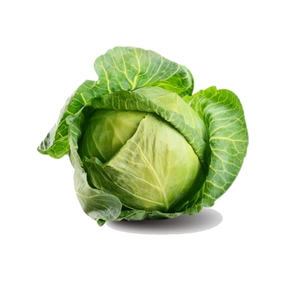 chou blanc / rouge jusqu'à 6 mois
chou blanc / rouge jusqu'à 6 mois -
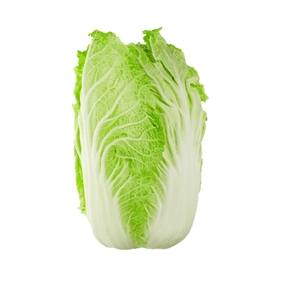 chou chinois jusqu'à 4 mois
chou chinois jusqu'à 4 mois -
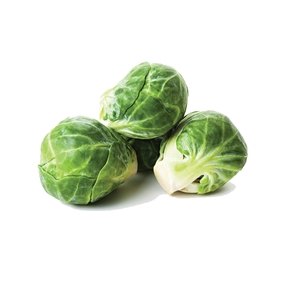 chou de Bruxelles jusqu'à 2 mois
chou de Bruxelles jusqu'à 2 mois -
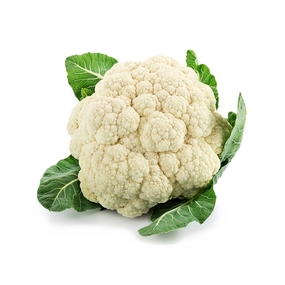 chou-fleur jusqu'à 1,5 mois
chou-fleur jusqu'à 1,5 mois -
 chou frisé - Milan jusqu'à 6 mois
chou frisé - Milan jusqu'à 6 mois -
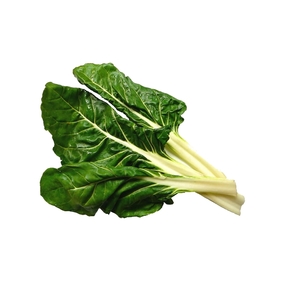 côte de bette jusqu'à 28 jours
côte de bette jusqu'à 28 jours -
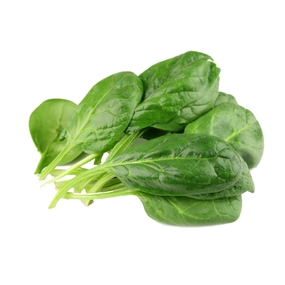 épinard jusqu'à 15 jours
épinard jusqu'à 15 jours -
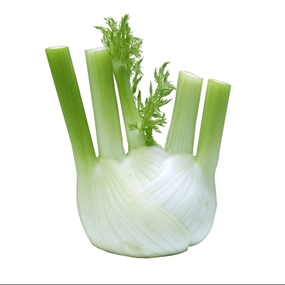 fenouil jusqu'à 30 jours
fenouil jusqu'à 30 jours -
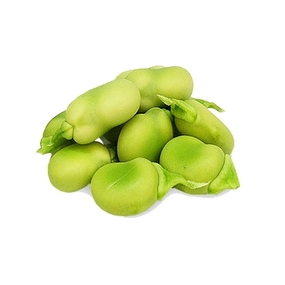 fève jusqu'à 20 jours
fève jusqu'à 20 jours -
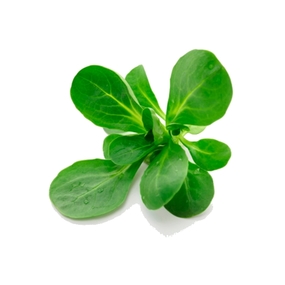 mâche jusqu'à 21 jours
mâche jusqu'à 21 jours -
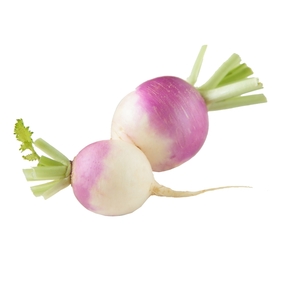 navet jusqu'à 4 mois
navet jusqu'à 4 mois -
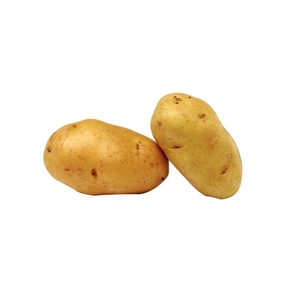 P. de terre nouvelle jusqu'à 90 jours
P. de terre nouvelle jusqu'à 90 jours -
 pak choï jusqu'à 60 jours
pak choï jusqu'à 60 jours -
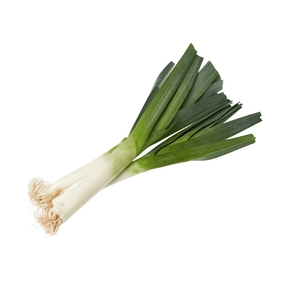 poireau jusqu'à 3 mois
poireau jusqu'à 3 mois -
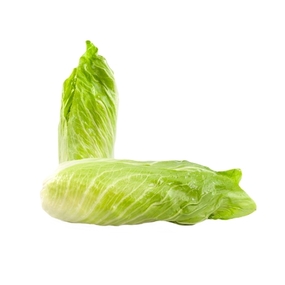 pain de sucre jusqu'à 2 mois
pain de sucre jusqu'à 2 mois -
 radicchio jusqu'à 4 mois
radicchio jusqu'à 4 mois -
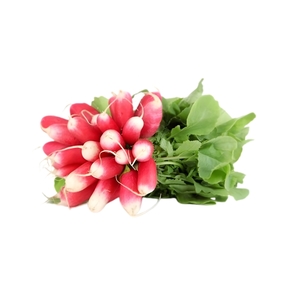 radis bottes jusqu'à 1 mois
radis bottes jusqu'à 1 mois -
 radis équeuté jusqu'à 2 mois
radis équeuté jusqu'à 2 mois -
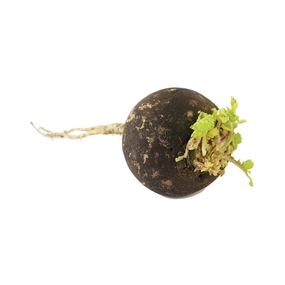 radis noir jusqu'à 3 mois
radis noir jusqu'à 3 mois -
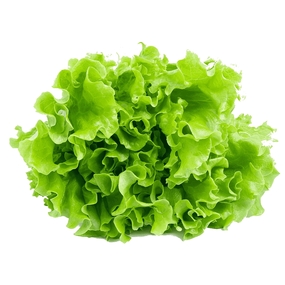 salade jusqu'à 21 jours
salade jusqu'à 21 jours -
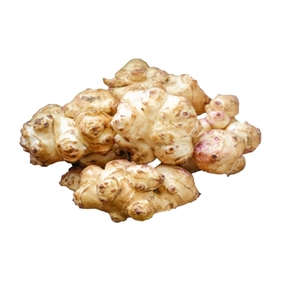 topinambour jusqu'à 90 jours
topinambour jusqu'à 90 jours
-
-
Das Pilzsortiment
-
Das Fleur-Sortiment
-
La gamma aromatica
-
La gamma Condimenti
I nostri prodotti
-
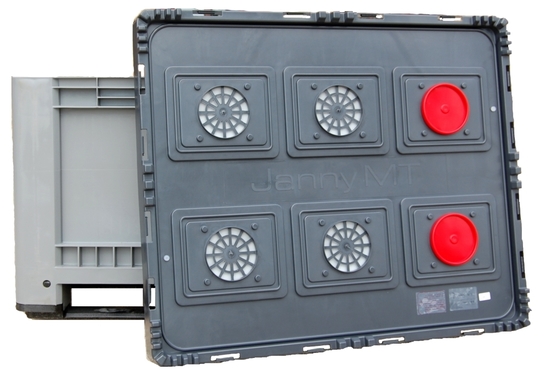
Module AC H 610 Litres
più informazioni -
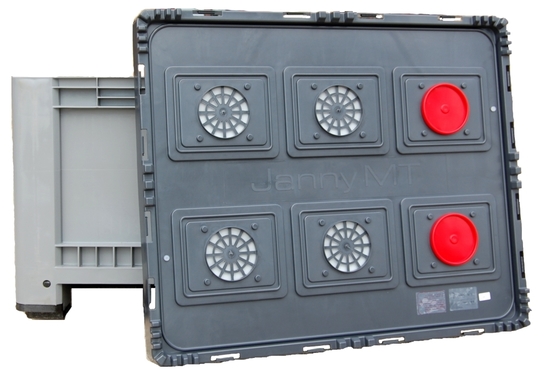
Module AC H 610 Litres 4 pieds
più informazioni -
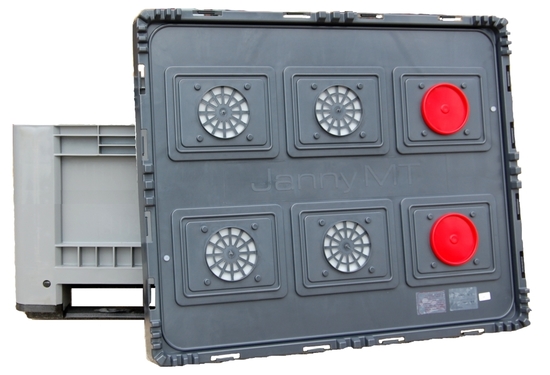
Module AC 430
più informazioni
